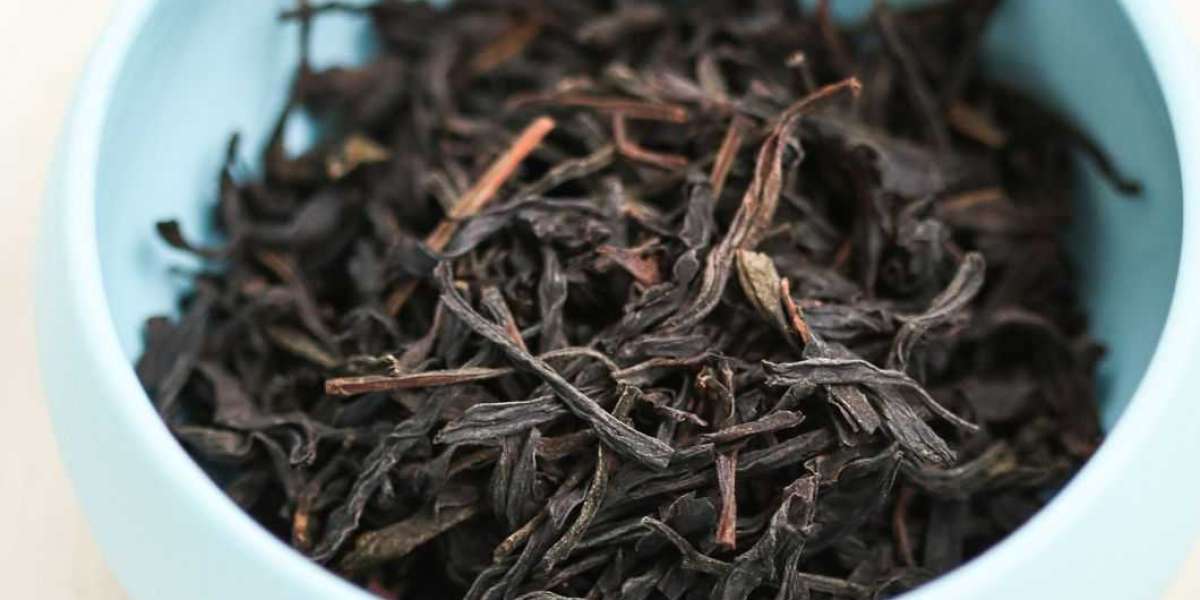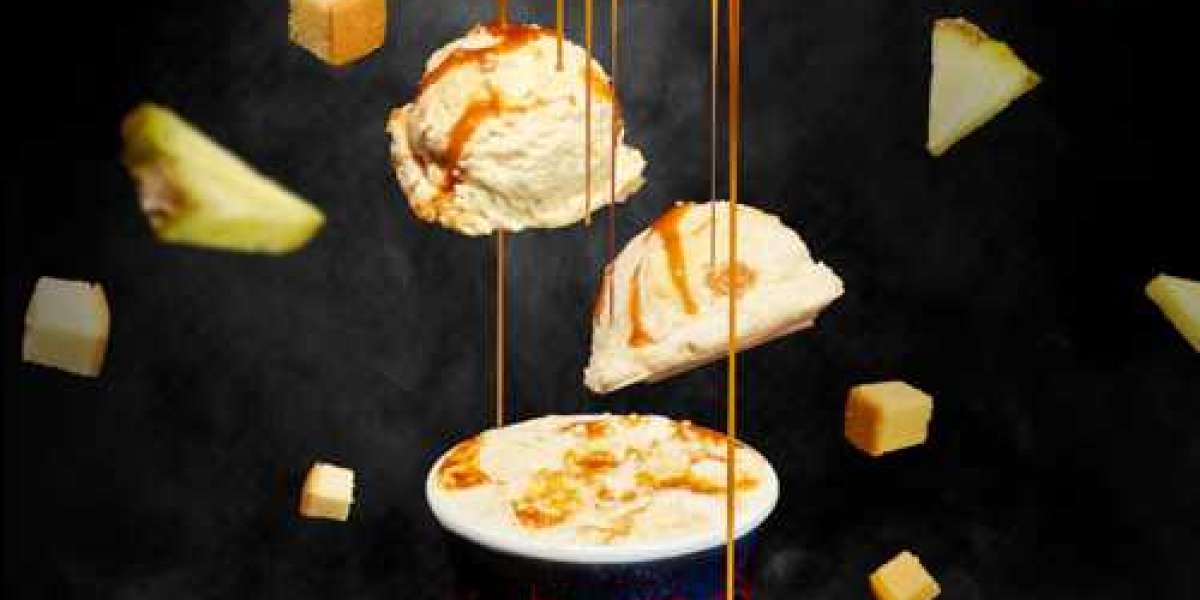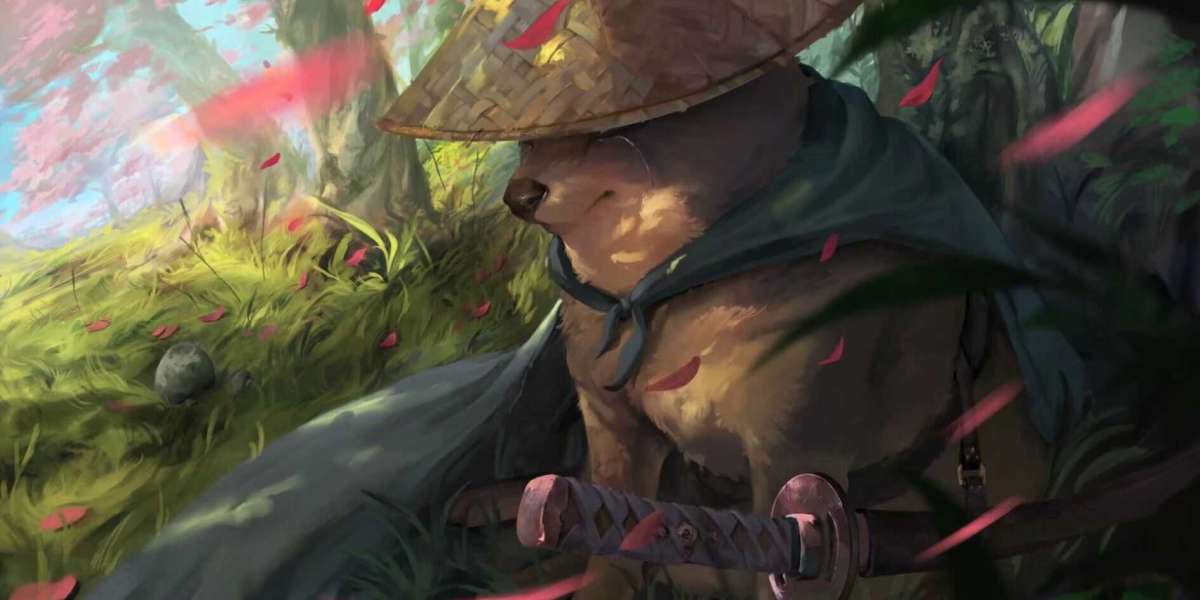Table of Contents
- Introduction: The Emperor's Tea
- Historical Origins and Mythological Roots
2.1 From Temple Tea to Imperial Tribute
2.2 The Legend of the Red Robe
2.3 Evolution Through Dynasties - Terroir and Environmental Factors
3.1 The Unique Ecology of Wuyi Mountains
3.2 Microclimate and Mineral-Rich Soil
3.3 Biodiversity of the Tea Gardens - Production Process: Art Meets Science
4.1 Harvesting: Timing and Technique
4.2 Withering and Sun-Drying
4.3 Tumbling and Oxidation
4.4 Roasting: The Soul of Da Hong Pao
4.5 Aging and Storage - Chemical Composition and Sensory Profile
6.1 Key Chemical Compounds
6.2 Aroma and Flavor Wheel
6.3 Visual and Textural Characteristics - Health Benefits and Scientific Research
6.1 Cardiovascular Protection
6.2 Metabolic Regulation
6.3 Neuroprotective Properties - Cultural Significance and Symbolism
7.1 Imperial Tributes and Aristocratic Consumption
7.2 Tea Ceremonies and Ritual Practices
7.3 Modern Cultural Representations - Authentication and Market Dynamics
8.1 Identifying Genuine Da Hong Pao
8.2 Pricing Structure and Investment Value
8.3 Global Distribution Networks - Contemporary Innovations and Challenges
9.1 Sustainable Farming Practices
9.2 Technological Advancements in Processing
9.3 Market Saturation and Counterfeiting - Conclusion: The Timeless Allure of a Legendary Tea
1. Introduction: The Emperor's Tea
In the mist-shrouded peaks of China's Wuyi Mountains, where jagged cliffs meet verdant valleys, grows a tea that has captivated emperors, poets, and tea connoisseurs for centuries. Da Hong Pao (Big Red Robe), an oolong tea of unparalleled prestige, represents the pinnacle of Chinese tea craftsmanship. Its deep, complex flavors; storied history; and cultural significance have earned it a place as one of the world's most celebrated teas. This article embarks on a comprehensive exploration of Da Hong Pao, tracing its journey from sacred temple offerings to global icon while examining the intricate processes that make it so exceptional.
2. Historical Origins and Mythological Roots
2.1 From Temple Tea to Imperial Tribute
Da Hong Pao's origins are deeply intertwined with the history of Wuyi Mountain, a region known for its exceptional tea cultivation since the Song Dynasty (960–1279 AD). Initially grown by Buddhist monks for meditative purposes, the tea gained imperial attention during the Ming Dynasty (1368–1644 AD) when it was presented as a tribute to the emperor. Its robust flavor and alleged medicinal properties quickly elevated it to the status of a "tribute tea," reserved for the imperial court and visiting dignitaries.
2.2 The Legend of the Red Robe
The most famous legend surrounding Da Hong Pao dates back to the Ming Dynasty. According to folklore, a dying monk was saved by a traveling scholar who administered medicine wrapped in red cloth. Grateful for his life, the monk presented the scholar with the finest tea leaves from his temple's bushes. Years later, when the scholar returned as a high-ranking official, he draped the same red cloth over the mother tea bushes as a gesture of gratitude, giving birth to the name "Da Hong Pao" (Big Red Robe). This tale, though apocryphal, underscores the tea's sacred status and mystical allure.
2.3 Evolution Through Dynasties
During the Qing Dynasty (1644–1912 AD), Da Hong Pao became a symbol of wealth and status among the Chinese aristocracy. Its production was tightly controlled, with only a handful of tea gardens permitted to cultivate the mother bushes. The tea's reputation spread beyond China's borders during the 19th century, when it was introduced to European markets, where it was prized for its rarity and distinctive flavor.
3. Terroir and Environmental Factors
3.1 The Unique Ecology of Wuyi Mountains
Da Hong Pao's exceptional quality is inextricably linked to the unique terroir of the Wuyi Mountains. This UNESCO World Heritage Site features jagged sandstone cliffs, dense forests, and mist-covered valleys, creating an ideal microclimate for tea cultivation. The region's isolation has preserved ancient tea cultivars, including the legendary "mother bushes" of Da Hong Pao, which are over 300 years old.
3.2 Microclimate and Mineral-Rich Soil
The Wuyi Mountains' microclimate, characterized by cool temperatures, high humidity, and frequent fog, slows the tea leaves' growth, allowing them to develop complex flavors. The soil, enriched with minerals from the surrounding cliffs, imparts a distinctive mineral note to the tea. This geological uniqueness is a key factor in Da Hong Pao's unparalleled taste profile.
3.3 Biodiversity of the Tea Gardens
The tea gardens of Wuyi Mountain are part of a larger ecosystem that includes rare flora and fauna. This biodiversity contributes to the tea's complexity, as the plants interact with their environment to produce unique chemical compounds. The sustainable farming practices employed in the region further enhance the tea's quality by preserving the natural habitat.
4. Production Process: Art Meets Science
4.1 Harvesting: Timing and Technique
Da Hong Pao is harvested exclusively during early spring when the tea buds are at their peak. Only the top two leaves and bud are hand-picked, a labor-intensive process that requires meticulous attention to detail. The timing of the harvest is critical, as it determines the tea's flavor and aroma.
4.2 Withering and Sun-Drying
After harvesting, the leaves are spread out in the sun or in well-ventilated areas to wither. This process reduces moisture content and begins the enzymatic reactions that develop the tea's flavor. The withering duration varies depending on weather conditions, with skilled tea masters adjusting the process to achieve optimal results.
4.3 Tumbling and Oxidation
The withered leaves are gently tumbled to break down their cell walls, initiating oxidation. This step is carefully monitored to control the degree of oxidation, which typically ranges from 20% to 60% for Da Hong Pao. The oxidation process develops the tea's complex flavors and aromas, balancing its floral and roasted notes.
4.4 Roasting: The Soul of Da Hong Pao
Roasting is the most critical step in Da Hong Pao's production, distinguishing it from other oolong teas. The leaves are roasted over charcoal fires at carefully controlled temperatures, a process that can take several hours. This roasting develops the tea's signature roasted aroma and enhances its shelf life. The skill of the roaster is paramount, as over-roasting can destroy the tea's delicate flavors.
4.5 Aging and Storage
After roasting, Da Hong Pao is aged for several months to allow its flavors to mellow and harmonize. Proper storage in a cool, dry place is essential to preserve the tea's quality. Over time, the tea develops a more complex flavor profile, with deeper roasted notes and a smoother mouthfeel.
5. Chemical Composition and Sensory Profile
6.1 Key Chemical Compounds
Da Hong Pao is rich in polyphenols, amino acids, and volatile aromatic compounds. The roasting process reduces the tea's caffeine content while enhancing its antioxidant properties. The tea's unique flavor profile is attributed to the interaction of these compounds during processing.
6.2 Aroma and Flavor Wheel
Da Hong Pao's aroma is characterized by notes of roasted chestnuts, orchids, and a subtle mineral undertone. Its flavor profile is equally complex, with a balance of floral sweetness, roasted richness, and a lingering aftertaste. The tea's mouthfeel is full-bodied yet smooth, with a slight astringency that enhances its complexity.
6.3 Visual and Textural Characteristics
The tea leaves are dark green with reddish edges, a testament to the oxidation process. When brewed, the liquor is a clear, golden amber with a slight reddish hue. The tea's texture is smooth and velvety, coating the palate with its rich flavors.
6. Health Benefits and Scientific Research
6.1 Cardiovascular Protection
Studies have shown that Da Hong Pao's polyphenols can help reduce LDL cholesterol levels and improve blood vessel function, lowering the risk of cardiovascular disease.
6.2 Metabolic Regulation
The tea's catechins and theaflavins have been linked to improved insulin sensitivity and glucose metabolism, making it beneficial for individuals with metabolic syndrome.
6.3 Neuroprotective Properties
Research suggests that Da Hong Pao's antioxidants may protect against neurodegenerative diseases by reducing oxidative stress and inflammation in the brain.
7. Cultural Significance and Symbolism
7.1 Imperial Tributes and Aristocratic Consumption
Historically, Da Hong Pao was reserved for emperors and aristocrats, symbolizing power and prestige. Its association with the imperial court elevated its status to that of a national treasure.
7.2 Tea Ceremonies and Ritual Practices
In traditional Chinese tea ceremonies, Da Hong Pao is brewed using precise techniques to highlight its complex flavors. The tea's preparation is often accompanied by poetry recitals and music, reflecting its cultural significance.
7.3 Modern Cultural Representations
Today, Da Hong Pao is a symbol of Chinese cultural heritage, featured in art, literature, and tourism. Its legacy continues to inspire tea enthusiasts worldwide.
8. Authentication and Market Dynamics
8.1 Identifying Genuine Da Hong Pao
Authentic Da Hong Pao can be identified by its distinct flavor profile, leaf appearance, and packaging. Certification from the Wuyi Mountain Tea Association is a reliable indicator of quality.
8.2 Pricing Structure and Investment Value
Due to its rarity and prestige, genuine Da Hong Pao commands premium prices, with some batches selling for thousands of dollars per kilogram. Its investment value lies in its limited supply and increasing global demand.
8.3 Global Distribution Networks
Da Hong Pao is exported to over 50 countries, with major markets in Japan, South Korea, and the United States. Its global distribution is facilitated by specialized tea importers and online platforms.
9. Contemporary Innovations and Challenges
9.1 Sustainable Farming Practices
Efforts to preserve the Wuyi Mountains' ecosystem include organic farming, water conservation, and biodiversity protection. These practices ensure the long-term sustainability of Da Hong Pao production.
9.2 Technological Advancements in Processing
Modern tea producers are adopting precision roasting technologies and quality control systems to maintain consistency while preserving traditional methods.
9.3 Market Saturation and Counterfeiting
The high demand for Da Hong Pao has led to market saturation and widespread counterfeiting. Consumers are advised to purchase from reputable sources and verify certifications.
10. Conclusion: The Timeless Allure of a Legendary Tea
Da Hong Pao is more than just a tea; it is a living testament to China's rich tea heritage. From its mythical origins to its global acclaim, this legendary oolong continues to captivate tea lovers with its exceptional quality and cultural significance. As we look to the future, the challenge lies in preserving its authenticity while adapting to modern markets. Whether enjoyed in a traditional tea ceremony or a contemporary setting, Da Hong Pao remains a symbol of elegance, tradition, and the timeless art of tea.








